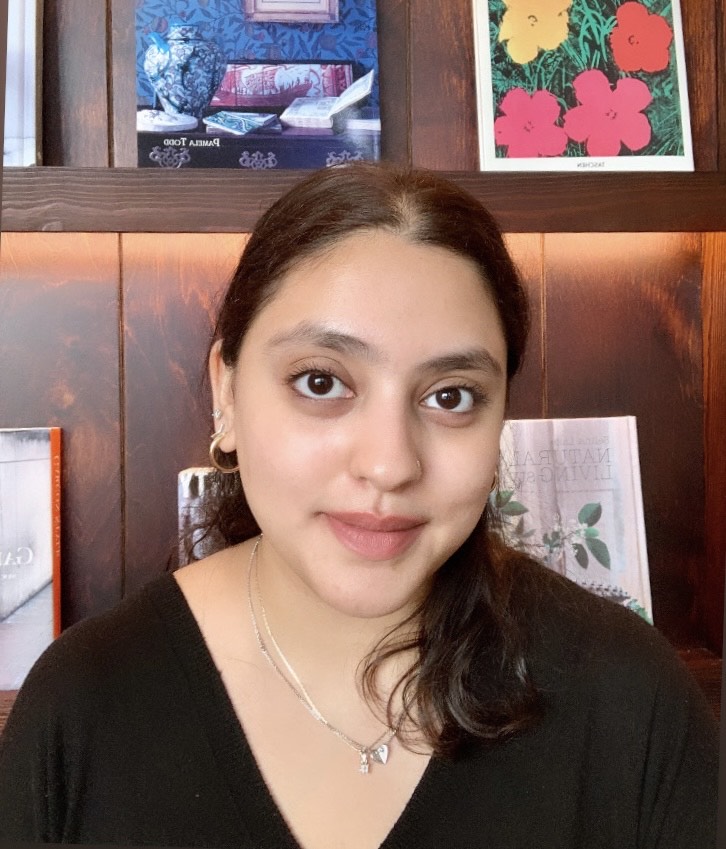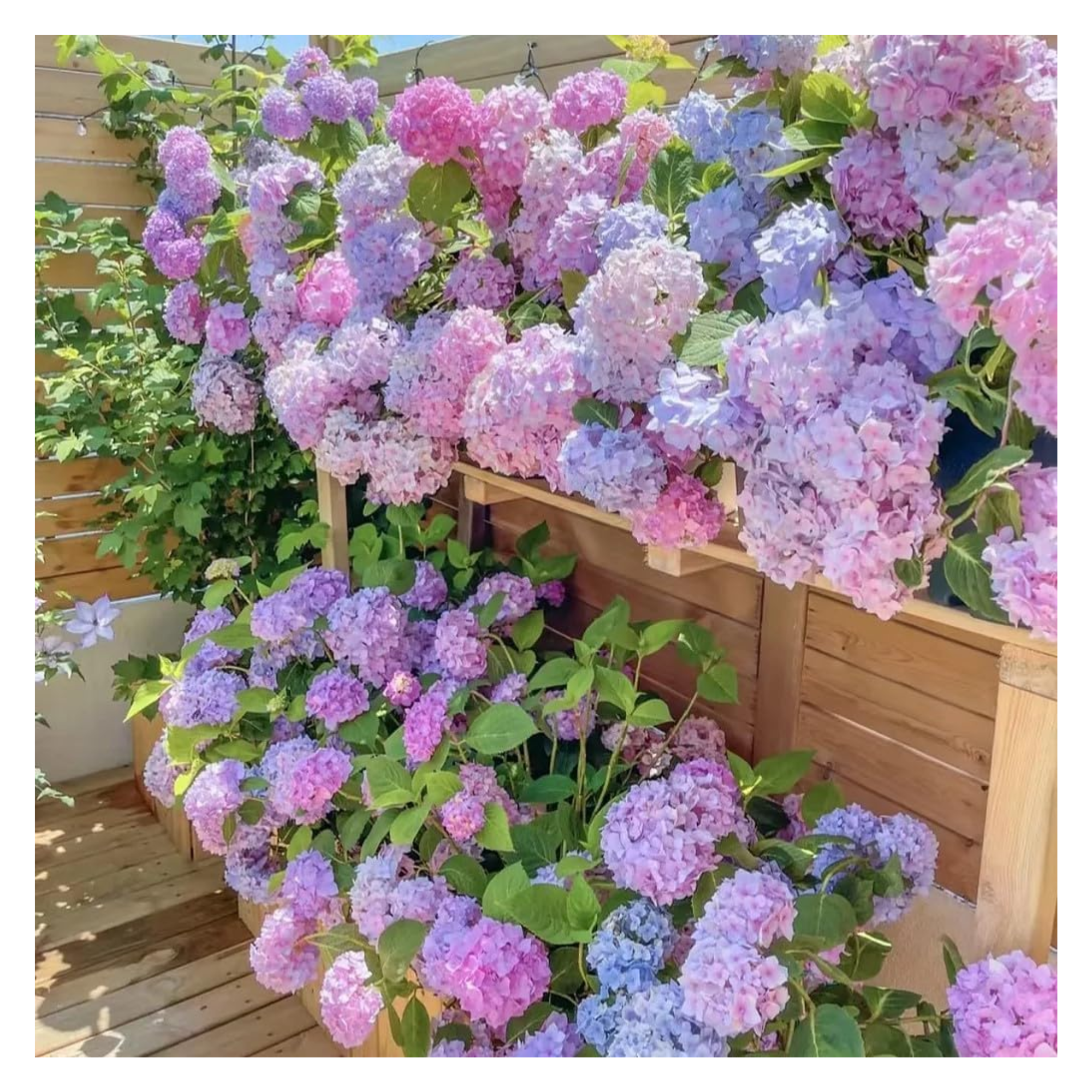4 Plants That You Don't Have to Deadhead for Flowers to Grow Back, According to This Professional Gardener
Stop deadheading these flowers and watch them bounce back into bloom on their own


Spring is slowly making its way into hiding as fall prevails, and with it comes a fresh set of gardening chores to keep your backyard in healthy shape through the upcoming season.
Around this time of year is when most gardeners begin to plan when to deadhead perennials and annuals. And while some flower patches could definitely benefit from plucking off spent blooms, some crops really could do without this particular process.
In fact, there is a set category of flowers that actually thrive in the absence of deadheading and after consulting the experts, we've found the top blooms that can be left to grow on their own. So if you have any of these flowers in your backyard, consider that one less plant to maintain.
1. Hydrangeas

When it comes to things that people with perfect hydrangeas know, deadheading is a controversial topic. While many experts do recommend deadheading them directly after the growing season, others say that it won't harm your plant not to, and may actually lead to better blooms when they return.
Lindsey Chastain, gardening expert and founder of The Waddle and Cluck, tells us that the faded blooms of hydrangeas form next year's flower buds, so she recommends that gardeners refrain from deadheading them. "Just leave the blossoms on the bushes over winter to encourage more blooms for the following year," she says.
Hardiness Zones: 3 - 9
2. Foxgloves

"Foxgloves are biennials, meaning after they flower and set seed in their second year of growth, the plant dies," says Lindsey. "So if you deadhead them before they go to seed, you won't get any foxglove plants the next year." That means, if you avoid deadheading these self-seeding plants, you'll be left with tons of prolific vertical foxgloves for seasons to come.
The Livingetc newsletters are your inside source for what’s shaping interiors now - and what’s next. Discover trend forecasts, smart style ideas, and curated shopping inspiration that brings design to life. Subscribe today and stay ahead of the curve.
However, they're prolific self-seeders, so it also may mean that if you don't want them to take over your garden, it's worth cutting them back once the majority of the flowers have faded.
Hardiness Zones: 3 - 10
Lindsey Chastain, a dedicated homesteader and skilled writer, is the driving force behind The Waddle and Cluck, a platform that celebrates sustainable living, gardening, and responsible farming. As half of the husband-wife team making The Waddle and Cluck thrive, Lindsey's expertise shines through in her engaging narratives about farm life and the beauty of rural living. Beyond her homesteading endeavors, she passionately shares her insights to inspire others toward self-sufficiency and a deeper connection with the environment. Lindsey's commitment to sustainable practices and the written word makes her a compelling voice in the modern homesteading community.
3. Passion Flower

"Just like foxgloves, passion flowers need to set seed pods after flowering or they won't self-sow the following year," notes Lindsey. They're one of the best-scented climbers and are a lovely addition to any backyard, so long as you keep from cutting at its flowers (they should drop of their own accord, regardless).
So if you're growing these incredibly intriguing flowers in your yard, Lindsey advises against pruning away spent blooms. However, she does recommend providing sturdy support for the vines as this will help your plant grow stronger.
Hardiness Zones: 6 - 10
4. Coneflowers

Echinacea also known as coneflowers are lovely daisy-like blooms that infuse home gardens with a charming whimsy. If you're looking to add some vibrant small flowers in your backyard, then you can't go wrong with coneflowers, especially since they come in a range of fun colors.
So if you're wondering how to grow coneflowers and care for them at home, Lindsey finds that one of the most important things to remember is to neglect deadheading these blooms as it can prevent self-sowing. "To encourage more plants allow some seed heads to mature and drop seeds over winter," she says.
Hardiness Zones: 4 - 9
We usually discuss how to care for plants at home and while deadheading mistakes is a common topic of discussion, we don't always recognize that deadheading in and of itself happens to be a rookie mistake that could potentially keep your flowers from flourishing.
But it's never too late and with garden-keeping season upon us, the lack of deadheading these blooms will give you time to focus on the plants that actually need it. So if you have any of these flowers in your current garden gallery, simply kick back and watch as they take care of themselves and give your garden a bounty of blooms come flowering time.
FAQs
What happens if you don't deadhead plants?

Deadheading is a common technique used by gardeners to encourage fresh blooms and as you can tell, some plants benefit from this process while some do better in its absence.
Flowers like roses, marigolds, and sweet peas thrive when deadheaded, so gardeners typically tend to treat them to some pruning. In such cases, the plant can then direct its energy towards growing fresh flowers, instead of wasting it on spent blooms. However, when it comes to plants that don't need deadheading, they do just as well without this unnecessary plucking.

Amiya is a Home Wellness Writer at Livingetc. She recently graduated with a Masters Degree in Magazine Journalism from City, University of London, and has lent her words to beauty, fashion, and health sections of lifestyle publications including Harper’s Bazaar and Women’s Health. Her experience as a research analyst has equipped her with an eye for emerging trends. When she’s off the clock, she can be found reading, listening to music, or overanalyzing her latest Co-Star update.



